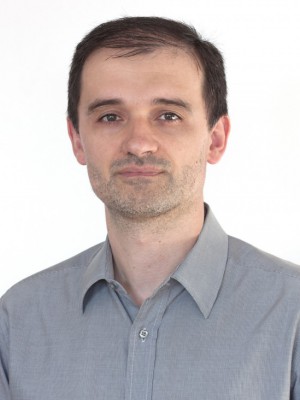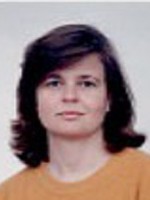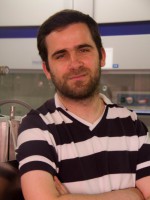abstract
A new AM-3 membrane was prepared on a stainless-steel support for potential application in the separation of light gases, particularly hydrogen containing mixtures. It was dynamically characterized by permeation assays using H-2, He, N-2, CO2, and O-2 at fixed and programmed temperatures (between 304 and 394 K), and trans membrane pressure drops from 0.5 to 1.5 bar. The experimental results disclosed high selectivity of the AM-3 membrane towards hydrogen. In terms of transport mechanisms, they evidenced an activated behavior typical of surface diffusion, and a small contribution of macro-defects. The existence of intercrystalline micro-defects was revealed by the permeation of N-2, O-2, and CO2, whose kinetic diameters are larger than the pore diameter of AM-3. Gas permeation was accurately modeled based on the Maxwell-Stefan approach for surface diffusion in micropores, with additional terms for Knudsen and viscous fluxes through meso- and macro-defects. The global deviation achieved for the five gases was only 3.42%. The calculated results demonstrated that: viscous flow prevailed at low temperature (304 K), surface diffusion dominated when temperature increased, Knudsen transport was residual, the flux through defects predominated at 304 K (53.8-73.5% of total flux) but fell below 15% for temperatures above 370 K, and the influence of the support was negligible.
keywords
TITANOSILICATE ETS-10 MEMBRANES; SILICATE UMBITE MEMBRANES; MAXWELL-STEFAN EQUATIONS; ZEOLITE MEMBRANES; SILICALITE-1 MEMBRANES; COMPOSITE MEMBRANES; SURFACE-DIFFUSION; CO2 SEPARATION; MASS-TRANSFER; HIGH-PRESSURE
subject category
Chemistry; Science & Technology - Other Topics; Materials Science
authors
Cardoso, SP; Lin, Z; Portugal, I; Rodrigues, AE; Silva, CM
our authors
acknowledgements
Authors acknowledge financial support from: Project CICECO - Aveiro Institute of Materials, POCI-01.0145-FEDER-007679 (UID/CTM/50011/2013), funded by national funds through the FCT/MEC and when appropriate co-financed by FEDER under the PT2020 Partnership Agreement; and Project POCI-01-0145-FEDER-006984 - Associate Laboratory LSRE-LCM, funded by FEDER funds through COMPETE2020 - Programa Operacional Competitividade e Internacionalizacao (POCI) - and by national funds through FCT - Fundacao para a Ciencia e a Tecnologia. S.P. Cardoso acknowledges a Ph.D. grant from Fundacao para a Ciencia e a Tecnologia (SFRH/BD/75164/2010).





